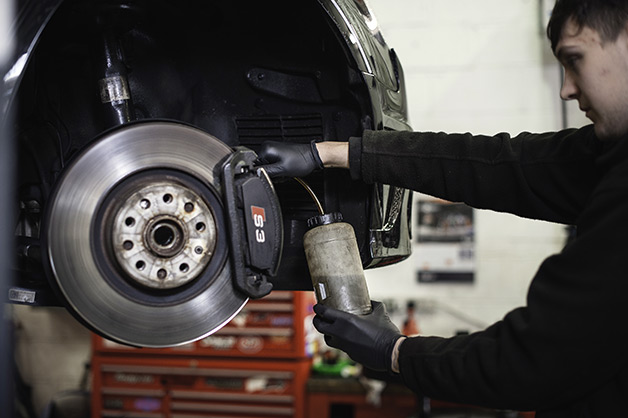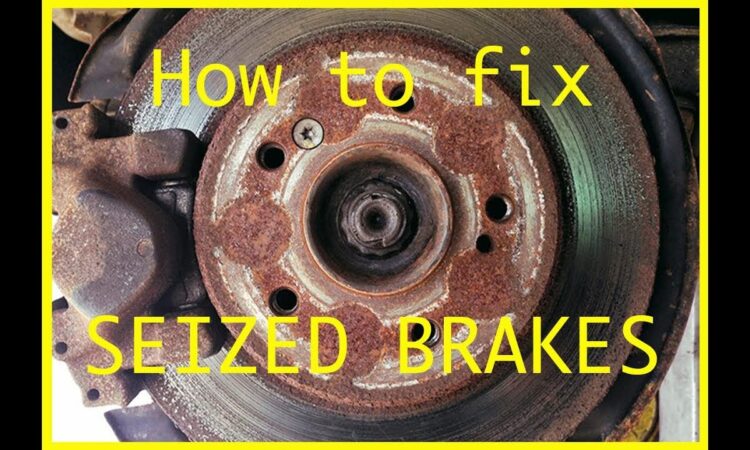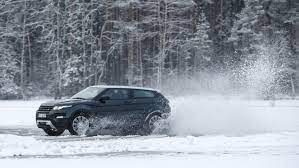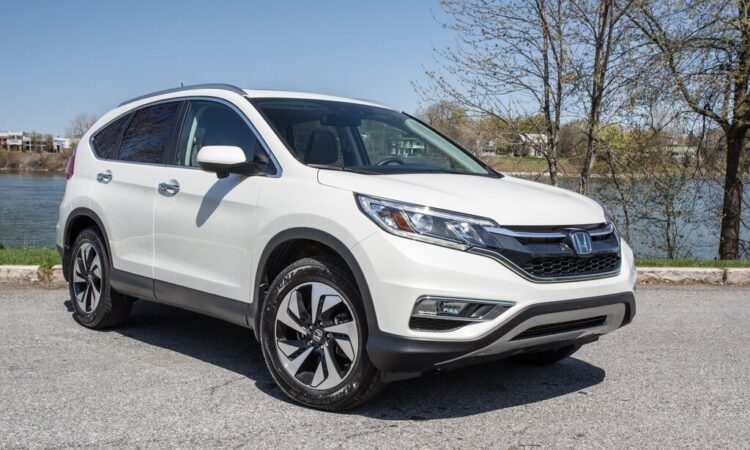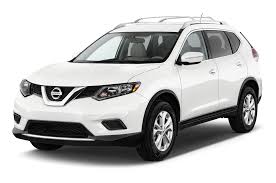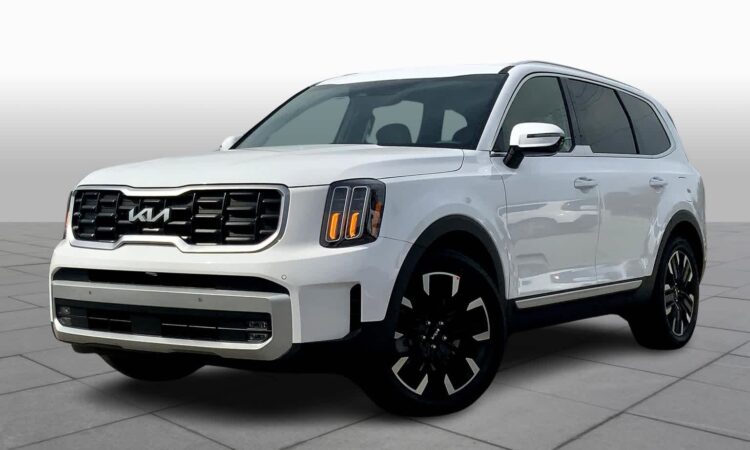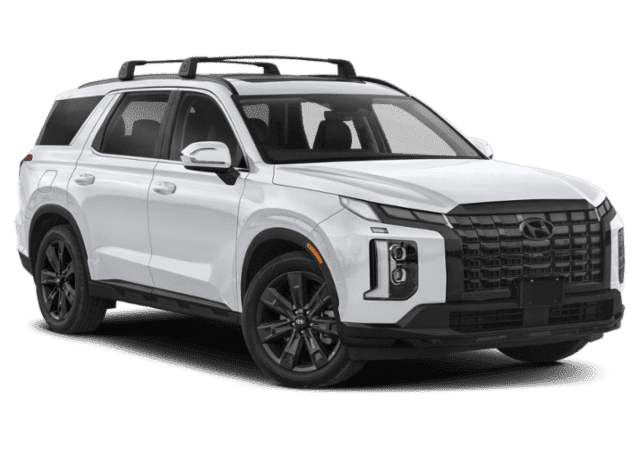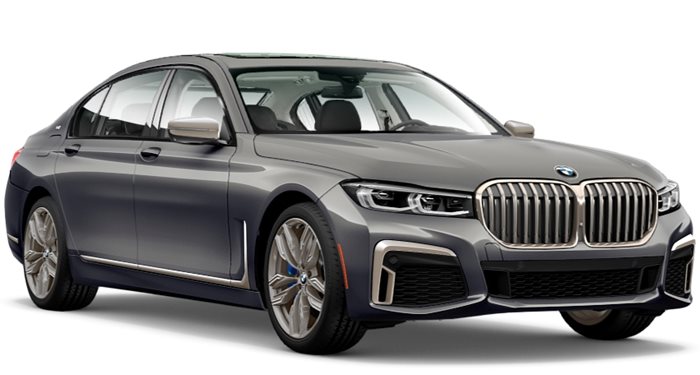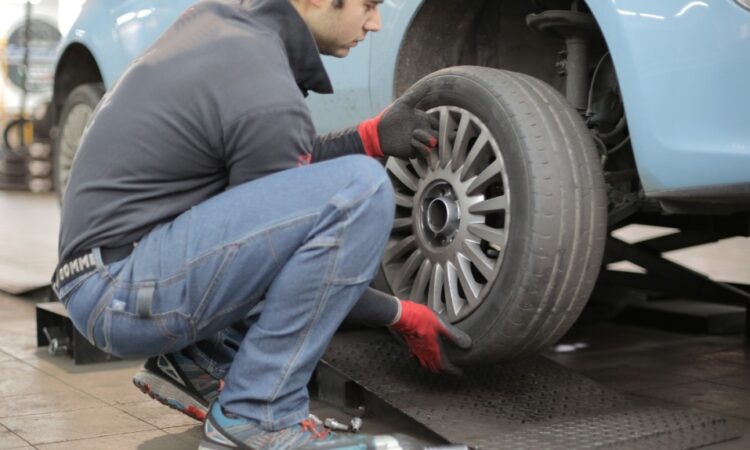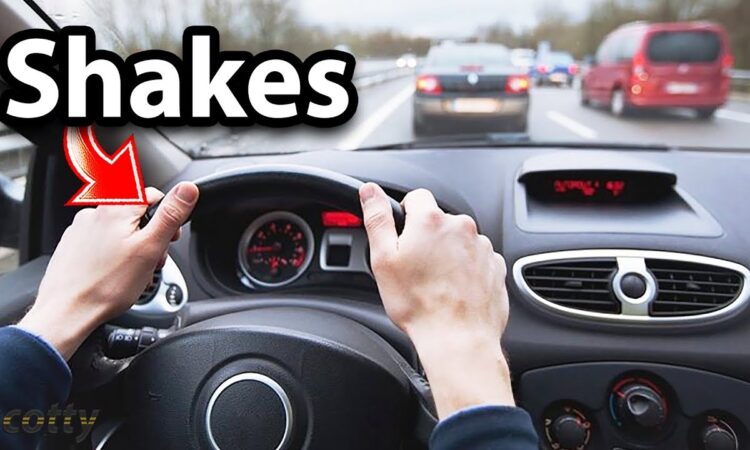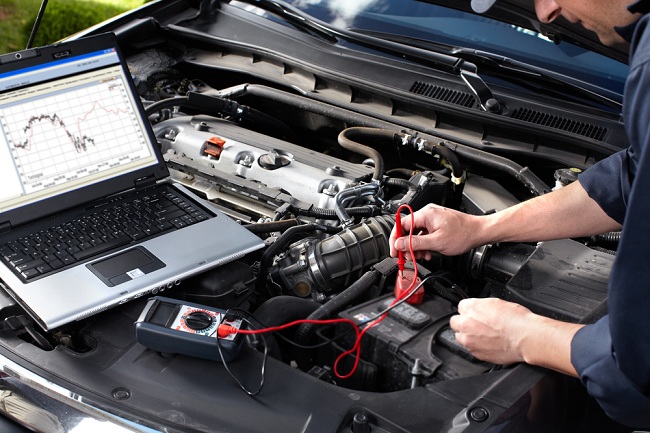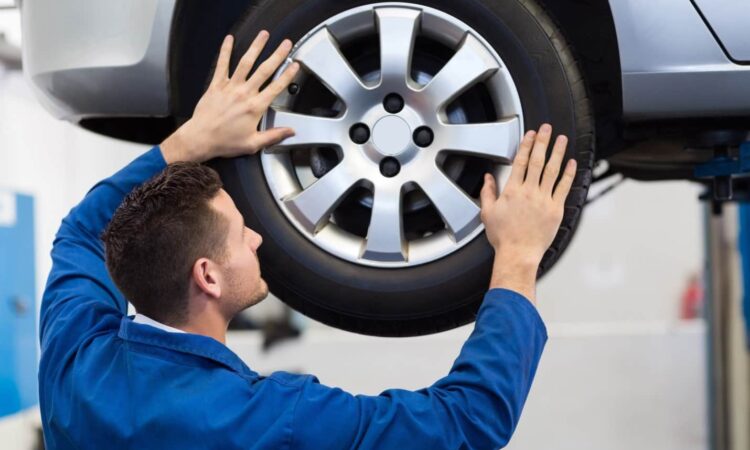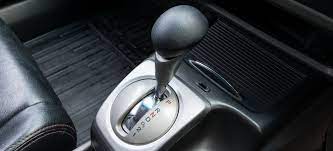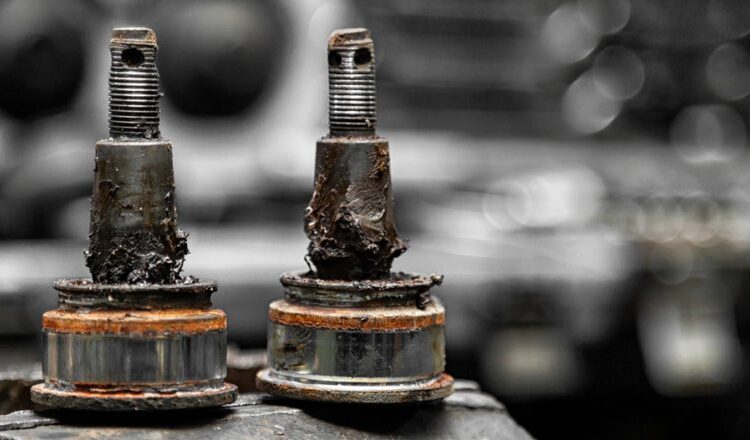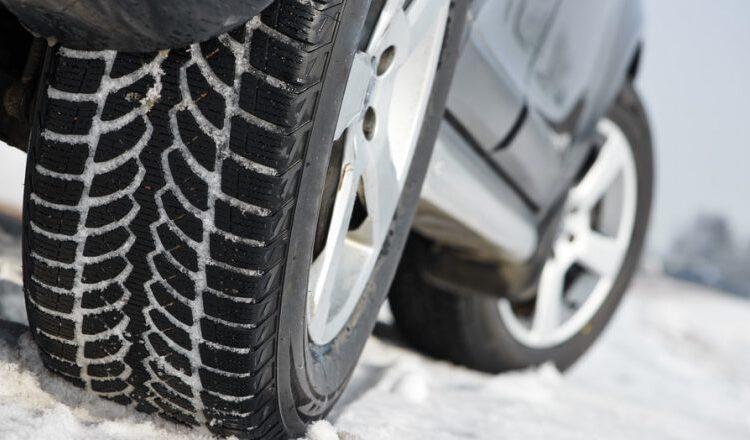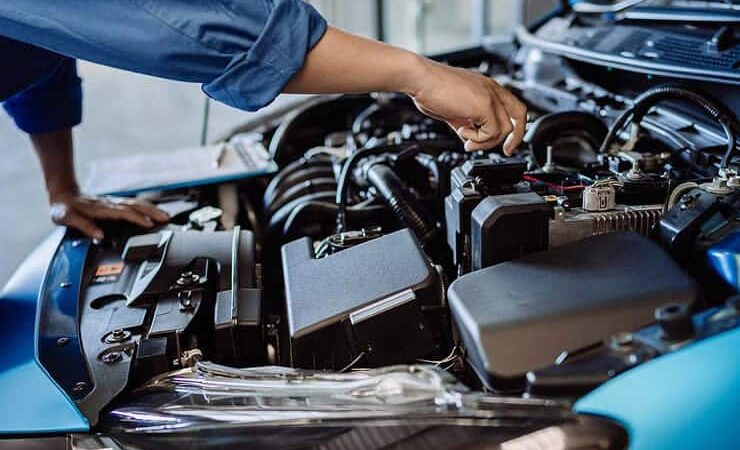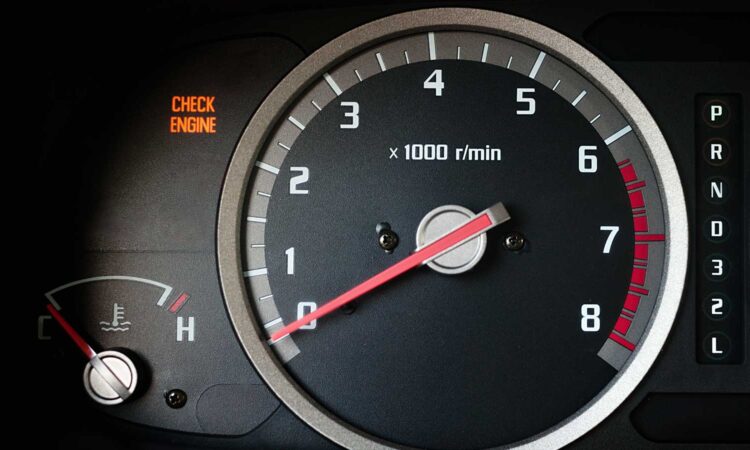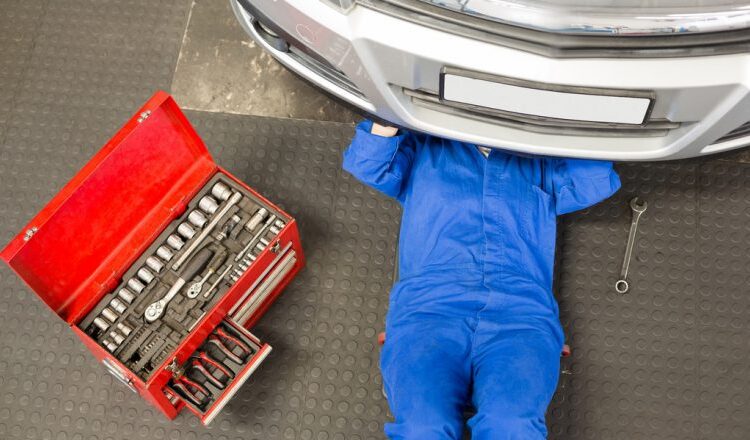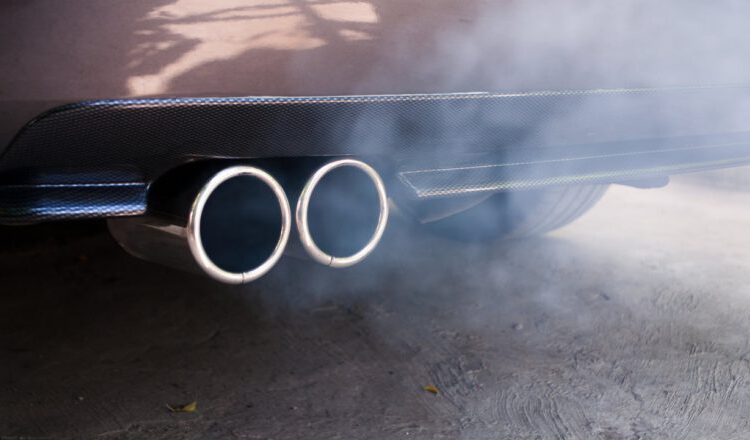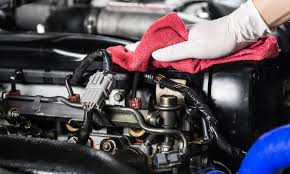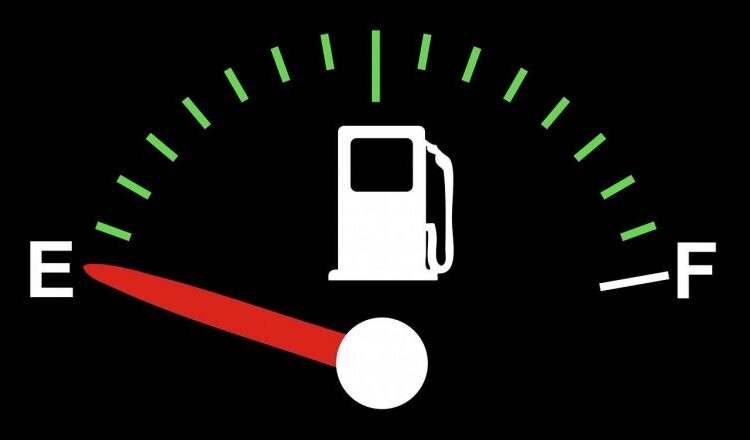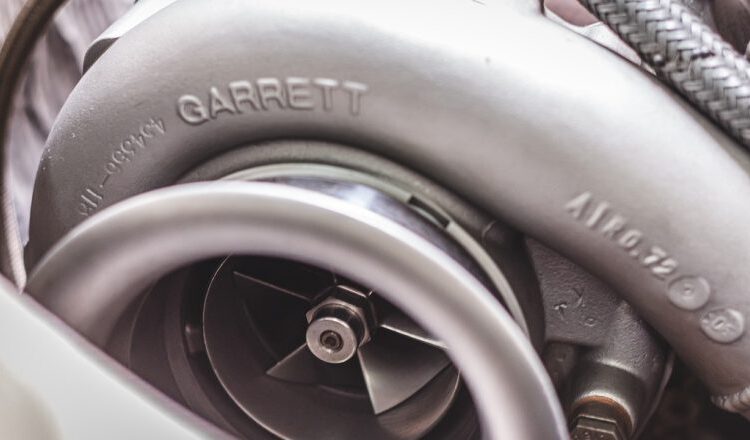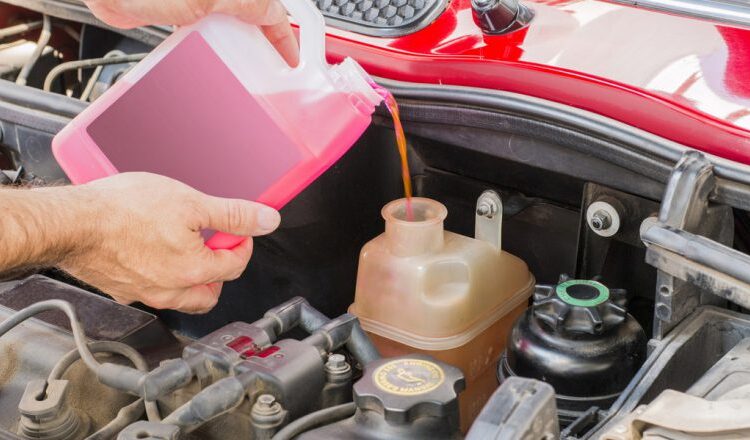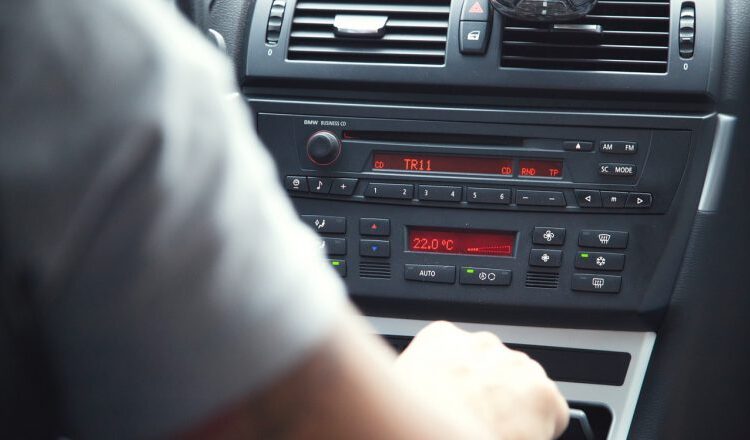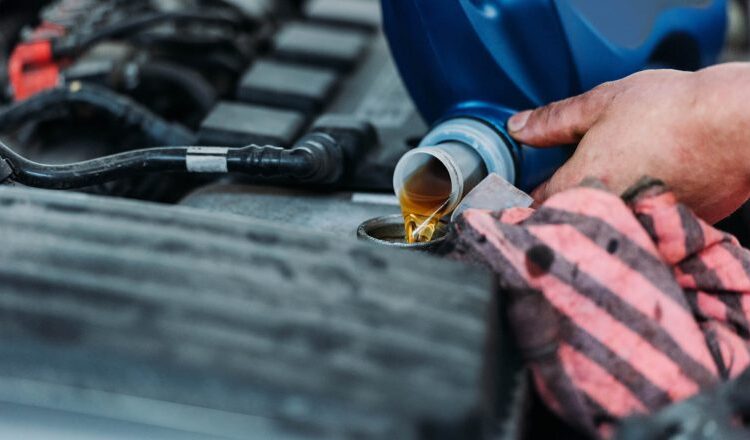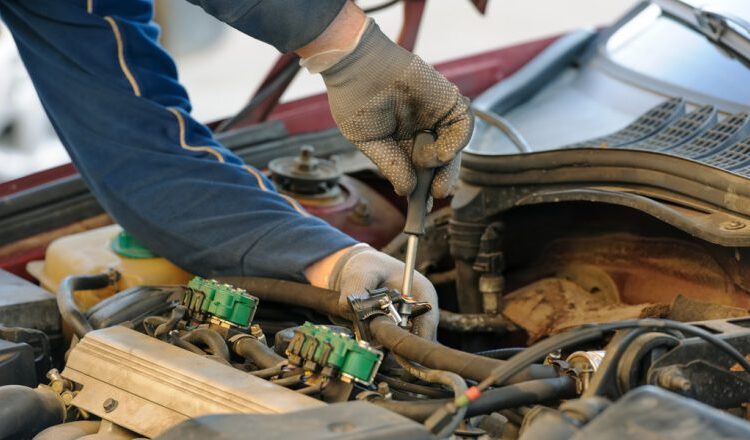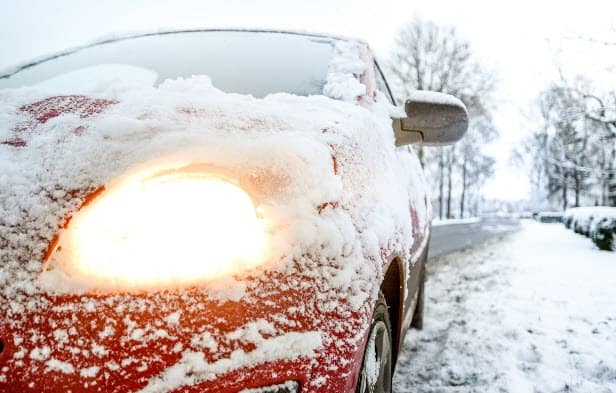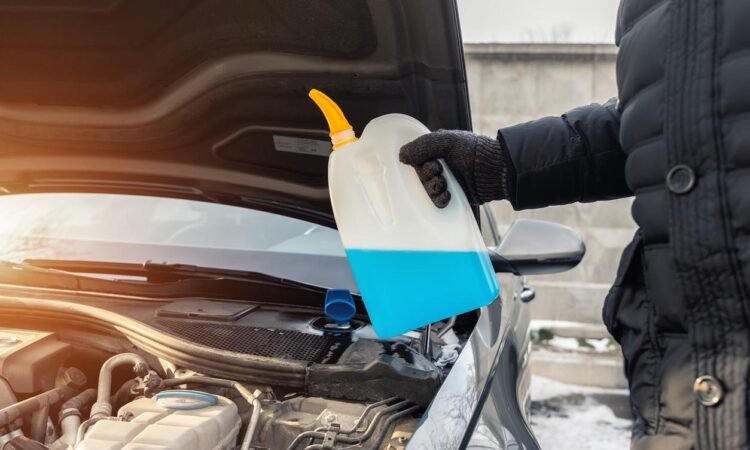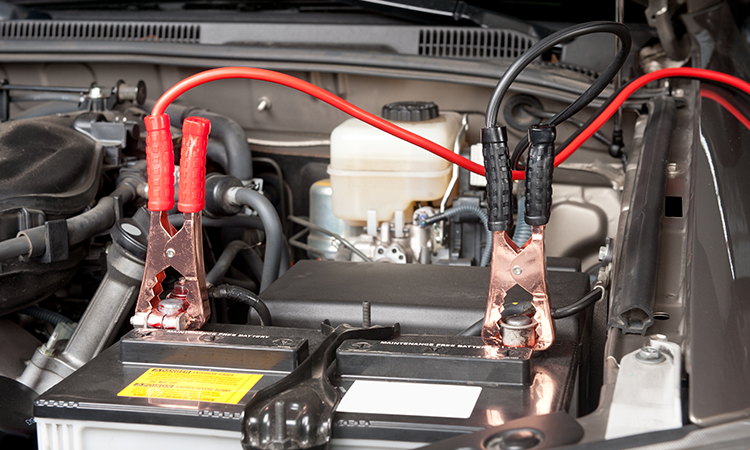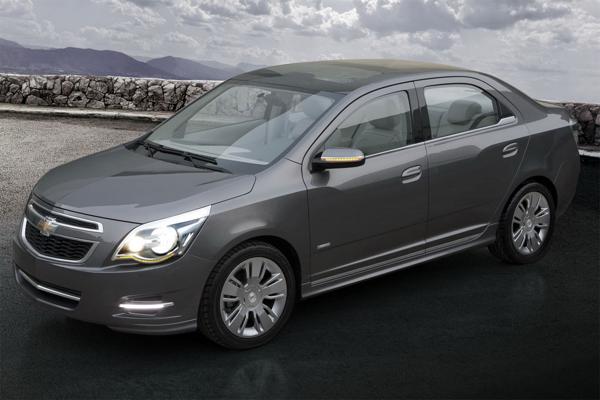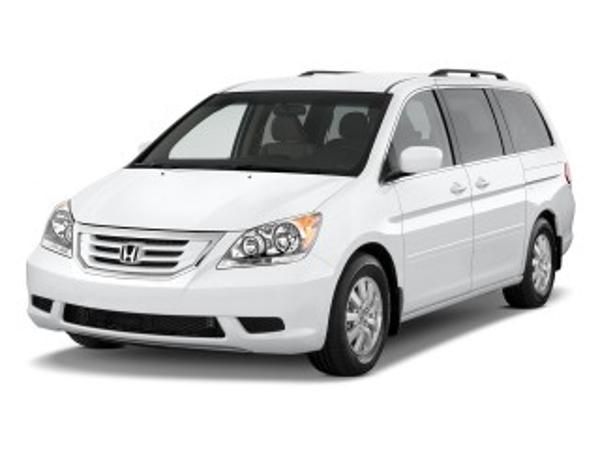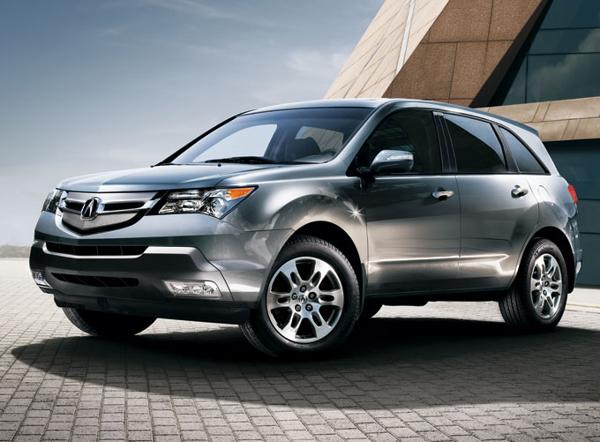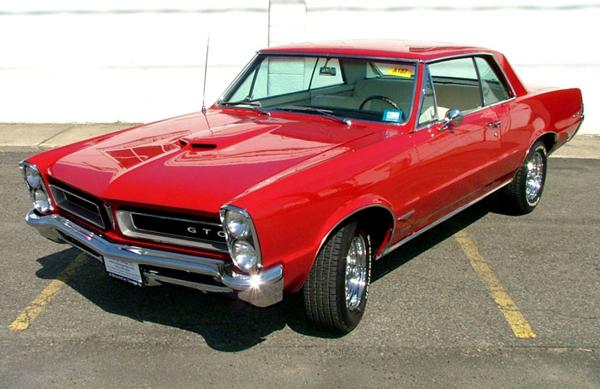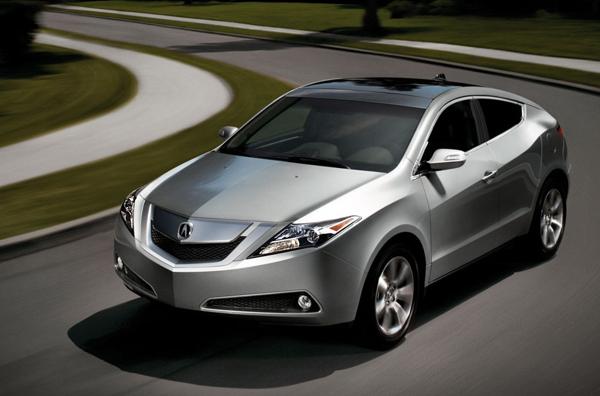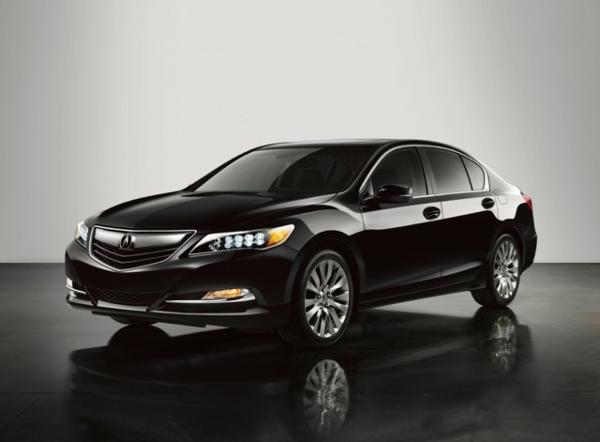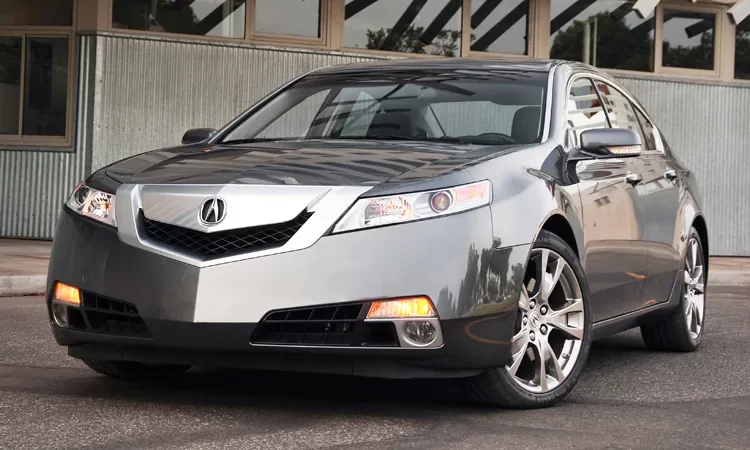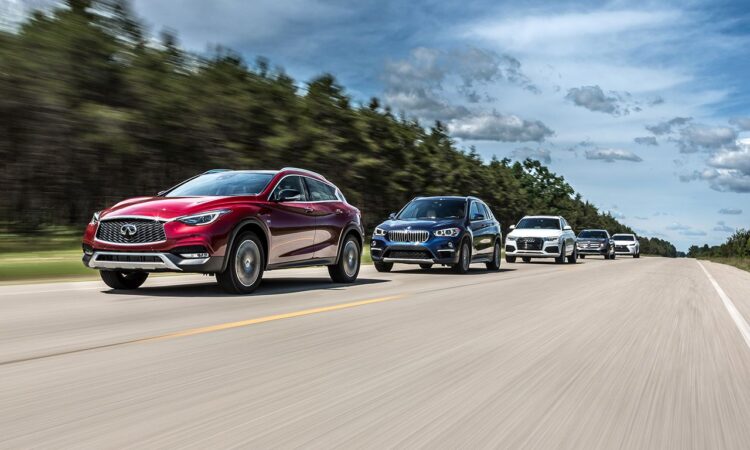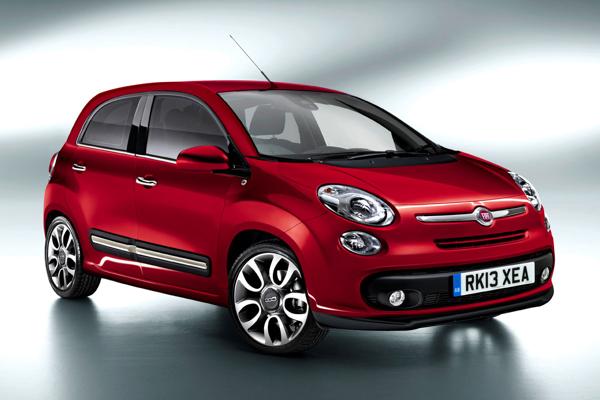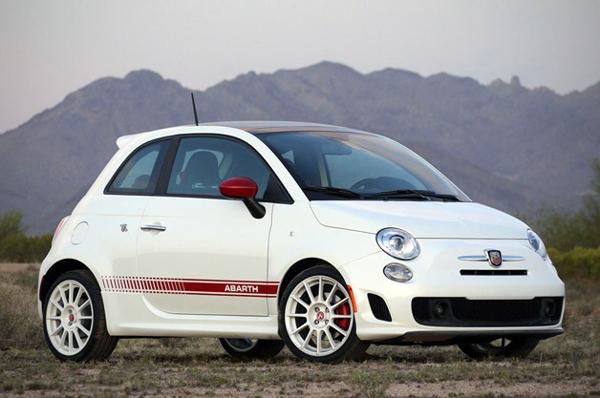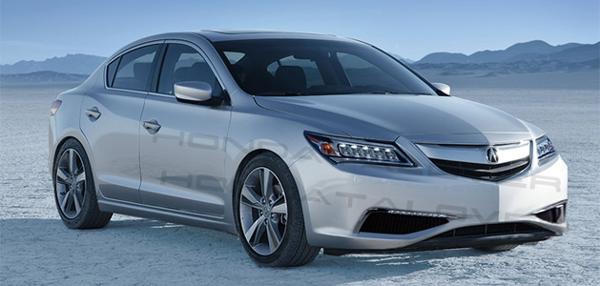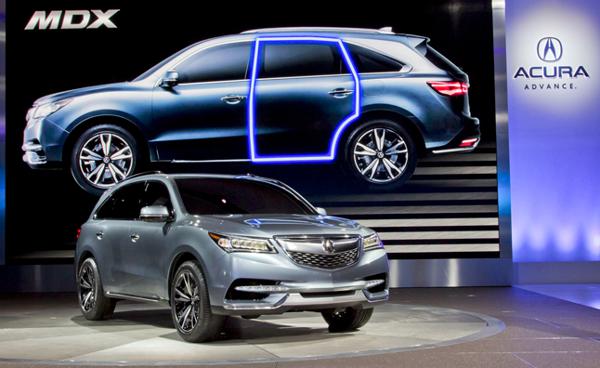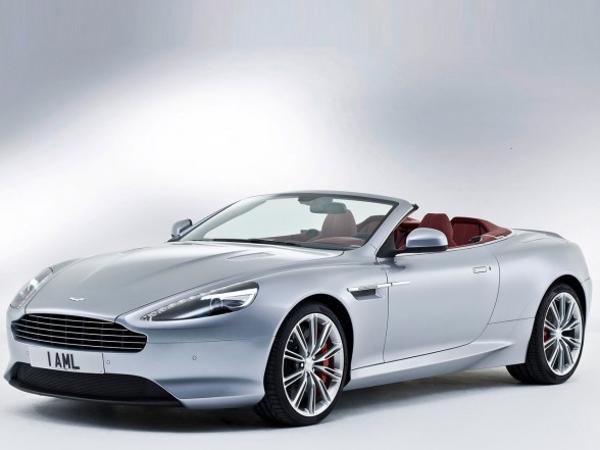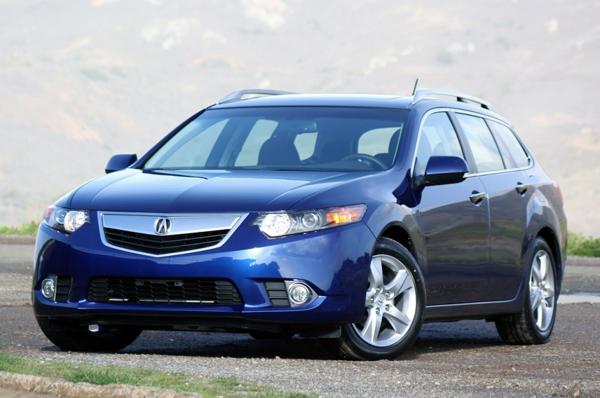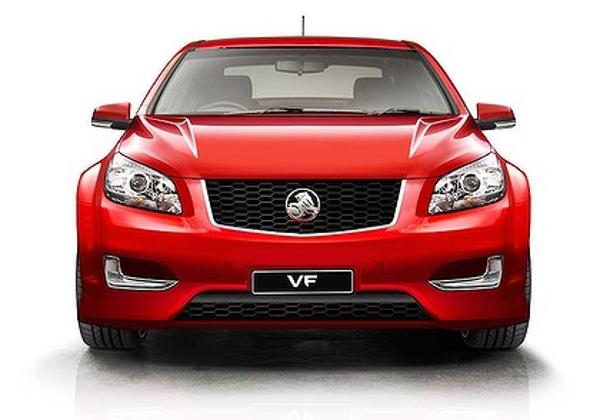
Proper wheel geometry is not only crucial for comfort and safety but also plays a significant role in extending the lifespan of various components in the vehicle’s running gear. How does a mechanic go about adjusting the wheels of our car, and what signs should raise concerns? Moreover, is wheel alignment the same as wheel geometry?
Distinguishing Convergence and Geometry:
It is essential to emphasize that wheel geometry is a broader concept than alignment. When assessing geometry, it involves not only checking the convergence but also evaluating the inclination angles of individual suspension elements in the vehicle. Therefore, if there are concerns about the steering system, it is advisable to visit a mechanic for a comprehensive wheel geometry adjustment rather than merely focusing on alignment.
Components of the Wheel Geometry Test:
The process of wheel alignment encompasses various activities aimed at determining the correct positioning of our car. The following outlines the key components of the test.
Wheel alignment: inverted V
Wheel alignment, often referred to as toe-in or toe-out, is the measurement of the position of a vehicle’s wheels relative to each other when viewed from above. This crucial parameter can be visually estimated without the need to remove the wheels. Positive toe-in is observed when the wheels angle inward towards each other, forming an inverted letter V. Conversely, negative toe-out occurs when the wheels angle outward.
In modern cars with wishbone-based suspension systems, the front wheels typically have minimal positive toe values, ensuring stability and optimal performance. At the rear, the ideal alignment is zero, meaning the wheels should be parallel to each other.
Wheel angle: positive and negative
An additional aspect of wheel geometry is the wheel angle, which defines the inclination of the wheels when viewed from the front. Positive values (common in vehicles like the Fiat 126p) or negative values (popular in modified or “tuned” cars) can be observed. The appropriate angle depends on the specific axle; for instance, steering wheels usually have a slight negative value, while rigid axle wheels should have a zero angle.
Kingpin angles: camber and caster
Camber and caster angles are crucial elements in wheel geometry, determining the inclination of the pin connecting the swing arm with the steering knuckle. The camber angle is defined by the angle between the steering pin and a straight line drawn through the wheel in the vertical plane. The lead angle, or deceleration angle, is the angle between the kingpin axis and a straight line running through the wheel diameter perpendicular to the road. Proper evaluation of these angles ensures optimal vehicle performance and handling.

Common Signs of Incorrect Wheel Alignment
Every aspect of wheel geometry plays a crucial role in the performance, safety, and longevity of a vehicle. Signs of improperly set geometry may manifest as:
- Increased resistance when turning the steering wheel.
- Delayed response to steering wheel movements.
- Car pulling to one side while driving.
- Wishbone pins that are out of alignment frequently cause knocking sounds in the suspension.
- Steering wheel feeling loose, indicating issues with the tie rod end.
- Tires squealing during turns.
- Accelerated wear on the outer edges of tires is due to greater forces on individual wheels.
- Higher fuel consumption.
- Unpredictable car behavior, such as skidding or veering off the track,.
Annual Wheel Alignment Checks
Regular wheel alignment checks are essential to maintaining optimal driving conditions. The suspension system, prone to rapid wear due to numerous rubber components, should be inspected at least once a year. Additionally, it is crucial to perform a geometry test after any independent repairs to suspension components, such as replacing the tie rod end.
If any of the symptoms mentioned above are observed, it is advisable to visit a specialist workshop promptly. A mechanic will inspect the chassis components and make necessary adjustments, including altering the length of steering rods or adjusting screws on the swing arm.
Cost of Wheel Alignment
The expense of wheel alignment testing varies depending on the sophistication of the suspension system. In high-end modern cars, the cost can climb to several hundred zlotys. However, for most vehicles, the price for testing and wheel alignment typically stays within the range of PLN 200. It’s important to note that the cost may rise significantly if worn-out elements need replacement, especially in areas with poor road conditions.

